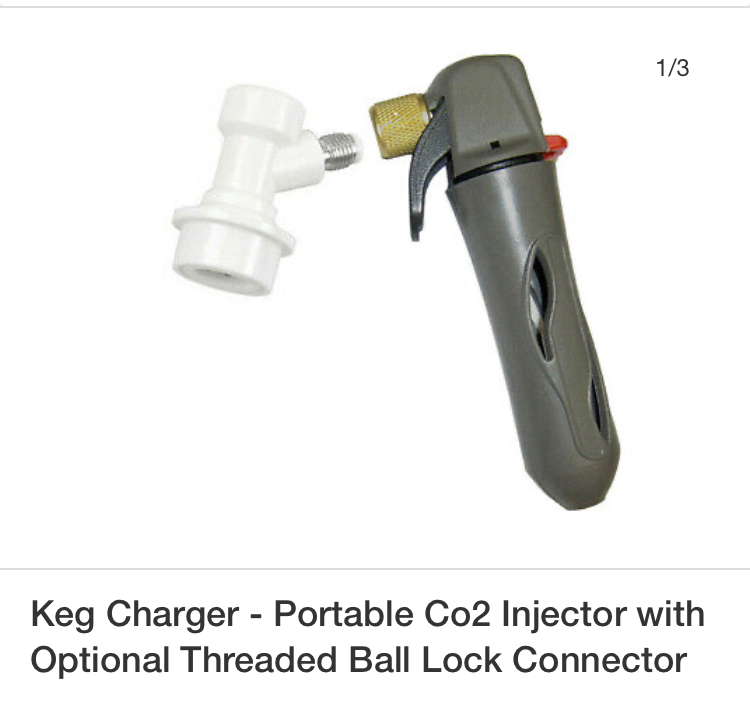Snark_Wolf_Brewing
Snark Wolf Brewing
This is probably an absolute total noob question that's been asked by countless forum users before me, but I would sincerely appreciate some input as I have zero experience with kegging. I don't have the floor space for a dedicated beer fridge, kegerator, or keezer, but after taking careful measurements, I have determined that I could easily fit two 2.5 gallon kegs on the bottom shelf of my existing fridge(move over milk and yogurt!) My current dilemma is that while I have the space for a 5 gallon batch of beer using 2.5 gallon kegs, there's no way I can fit a 5 pound CO2 tank and regulator into the fridge, and drilling holes through the door or sides of the existing fridge to run a line for CO2 is not an option, as it would surely provoke the wrath of SWMBO. I would love to get into kegging and force carbing my beer, moving away from bottling entirely. What options do I have?
















































![Craft A Brew - Safale S-04 Dry Yeast - Fermentis - English Ale Dry Yeast - For English and American Ales and Hard Apple Ciders - Ingredients for Home Brewing - Beer Making Supplies - [1 Pack]](https://m.media-amazon.com/images/I/41fVGNh6JfL._SL500_.jpg)














